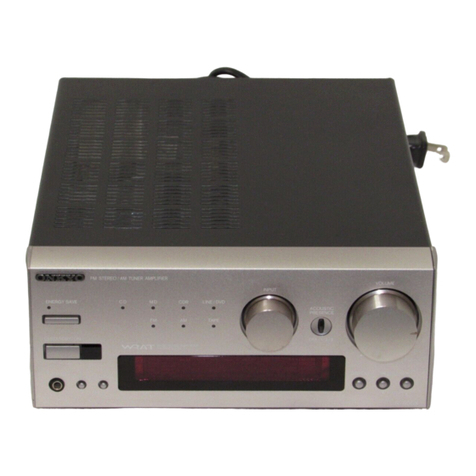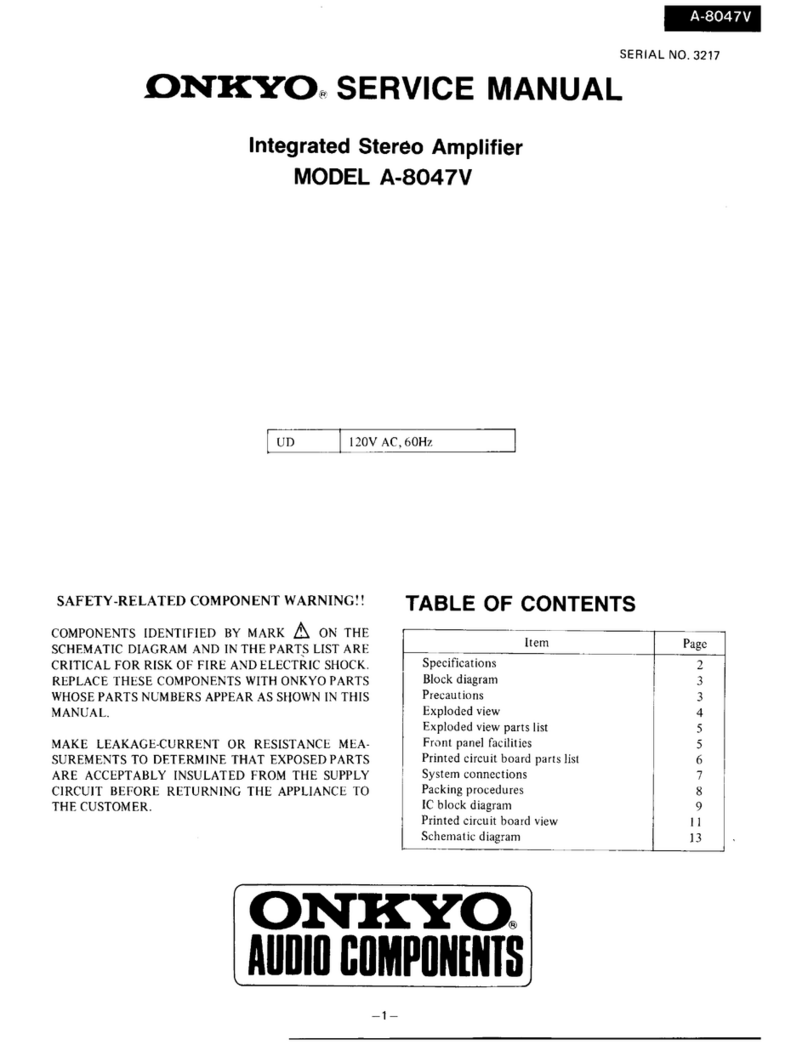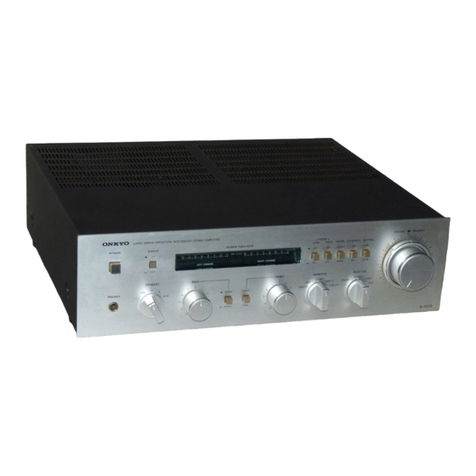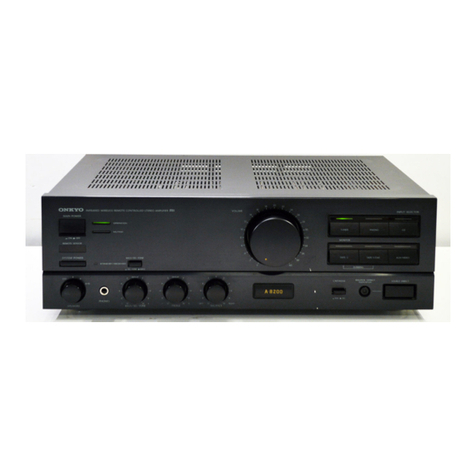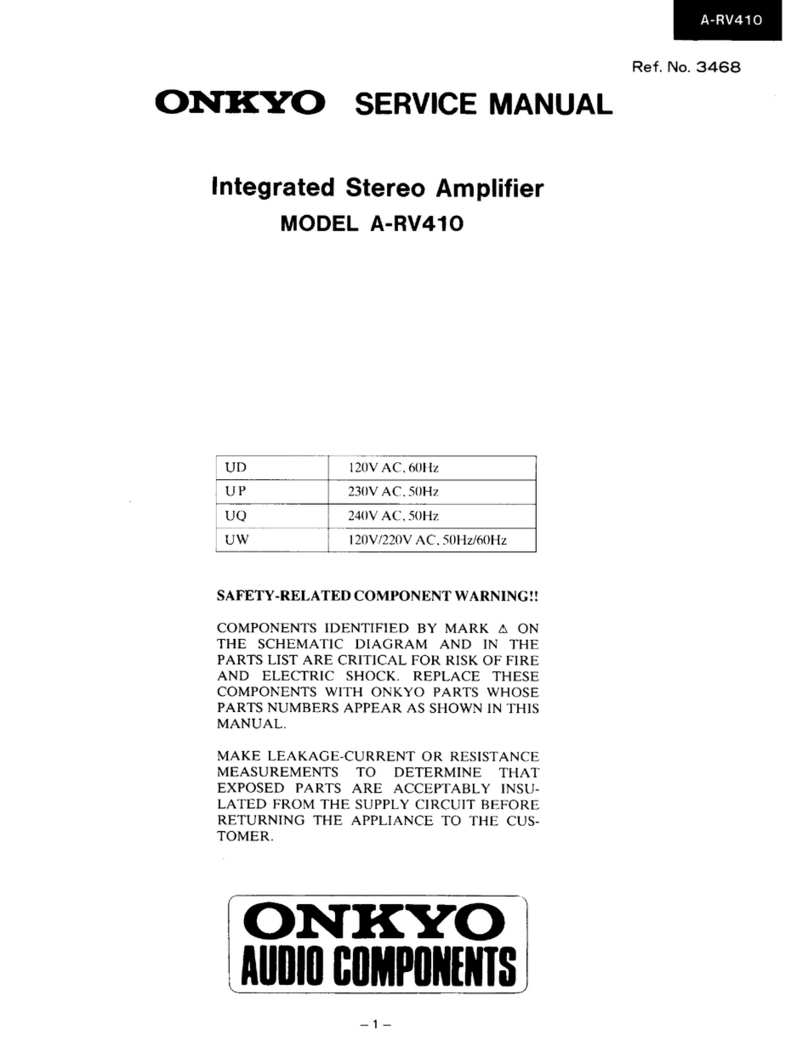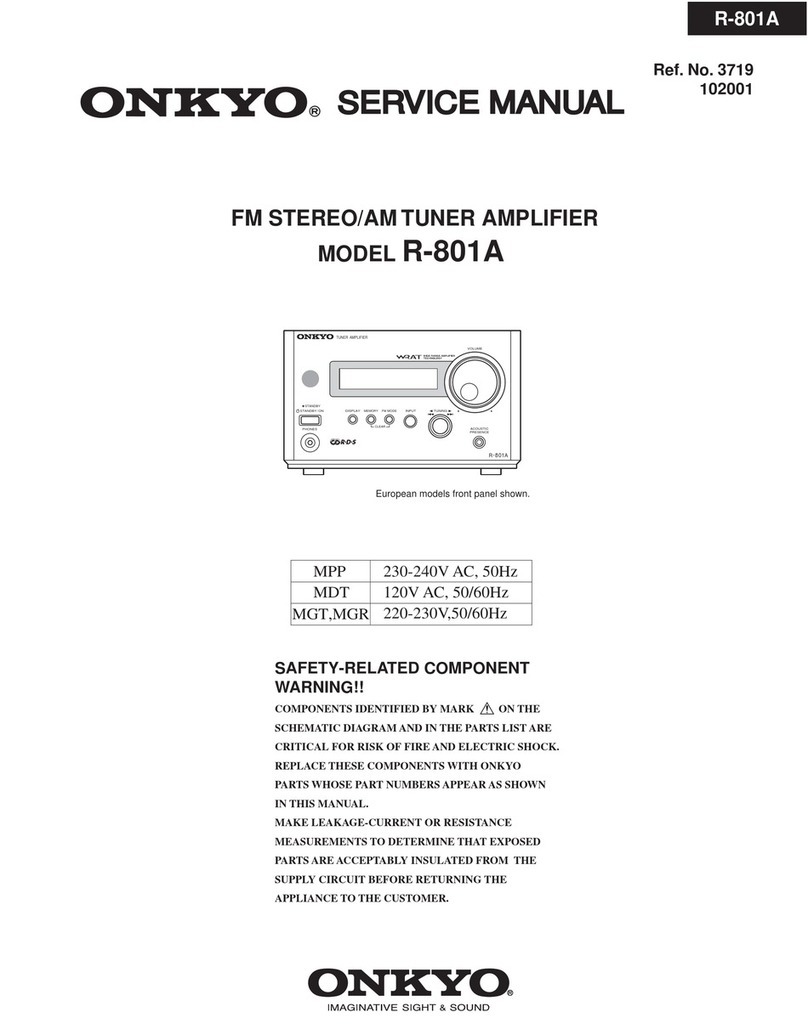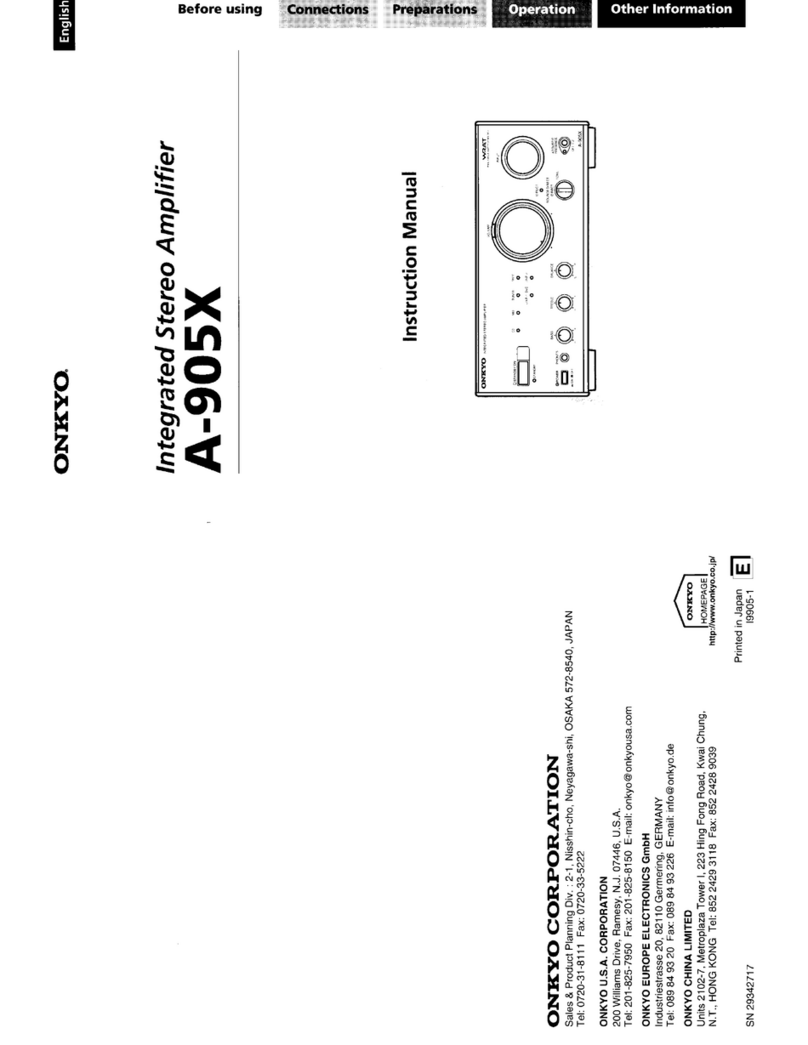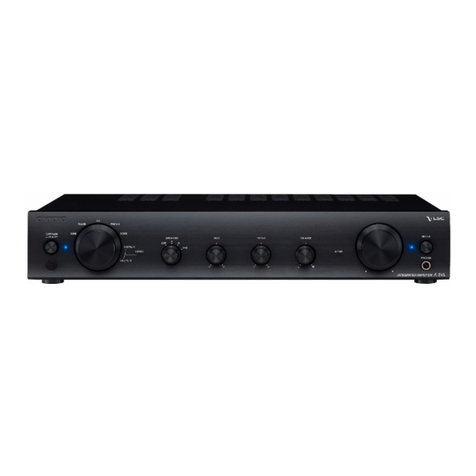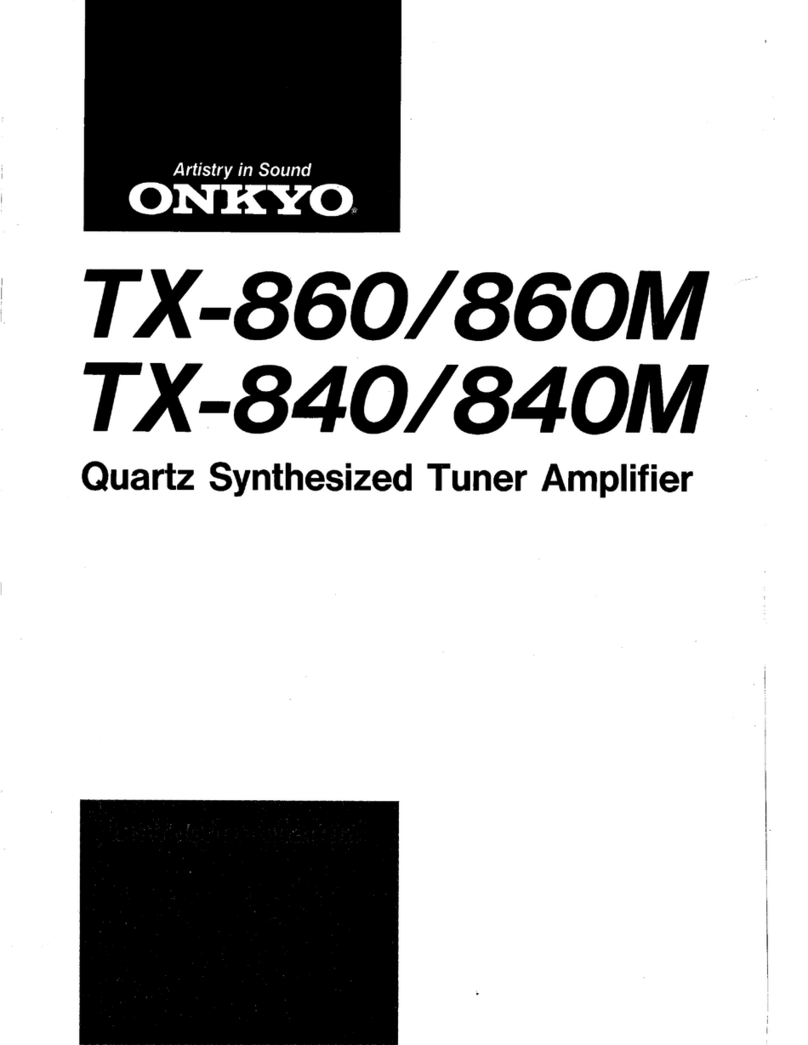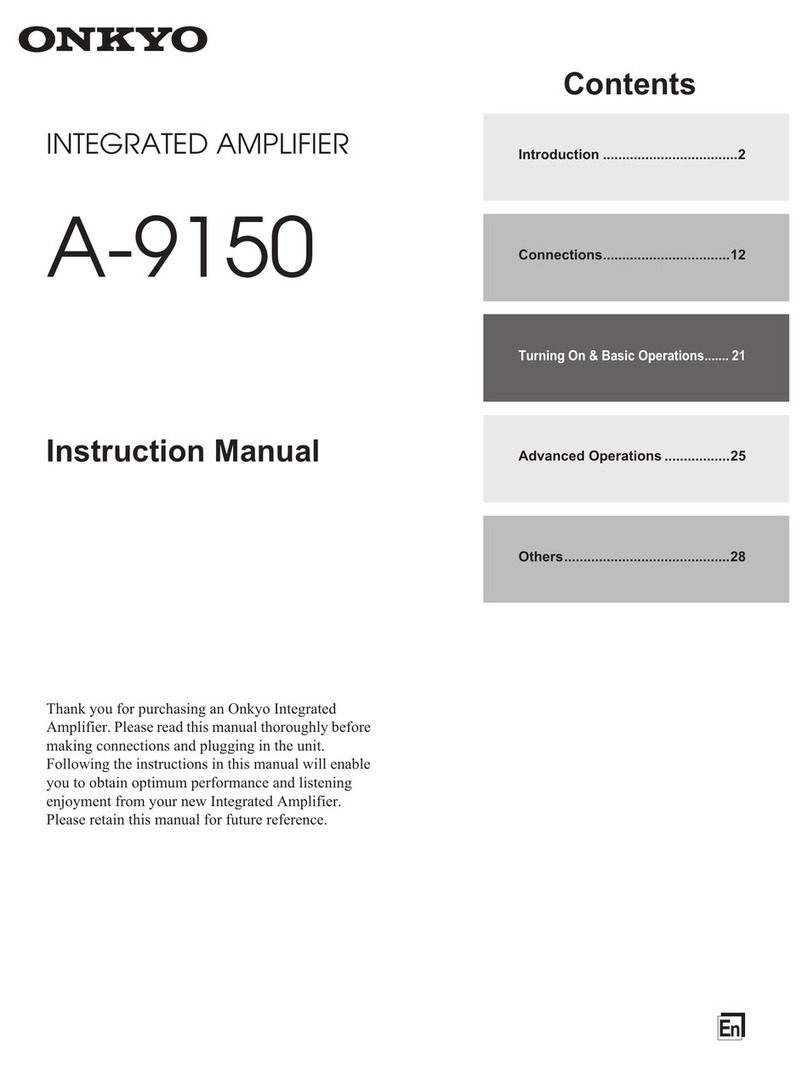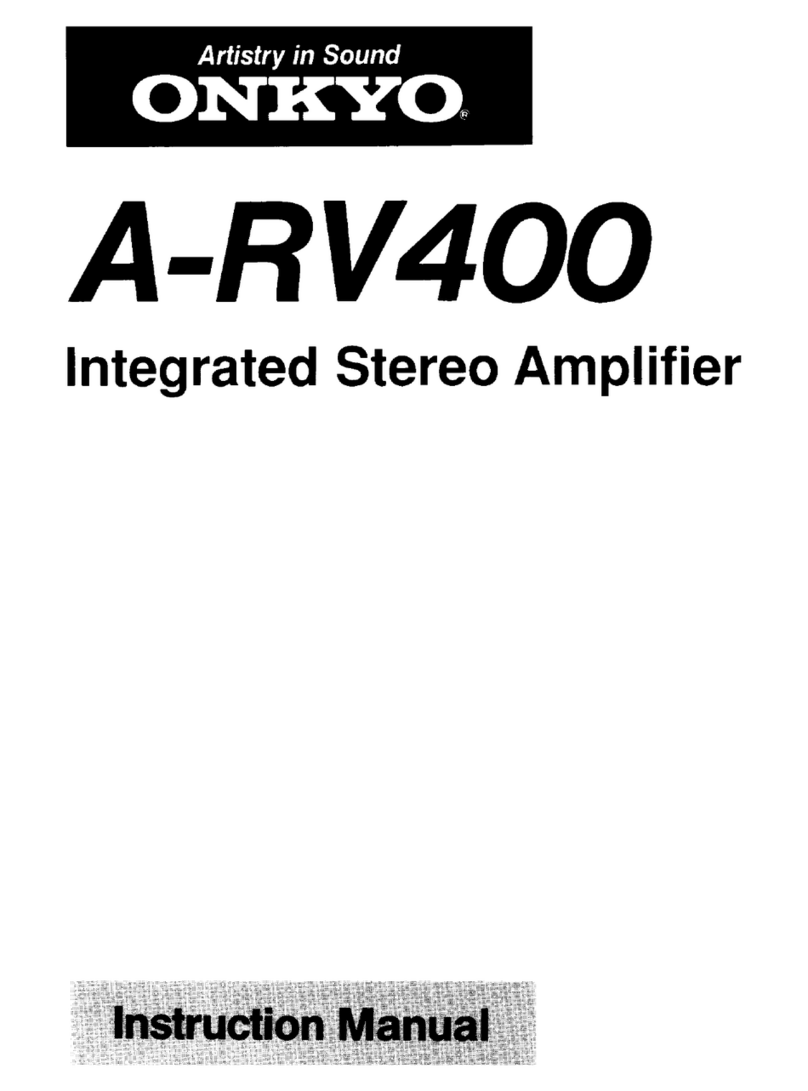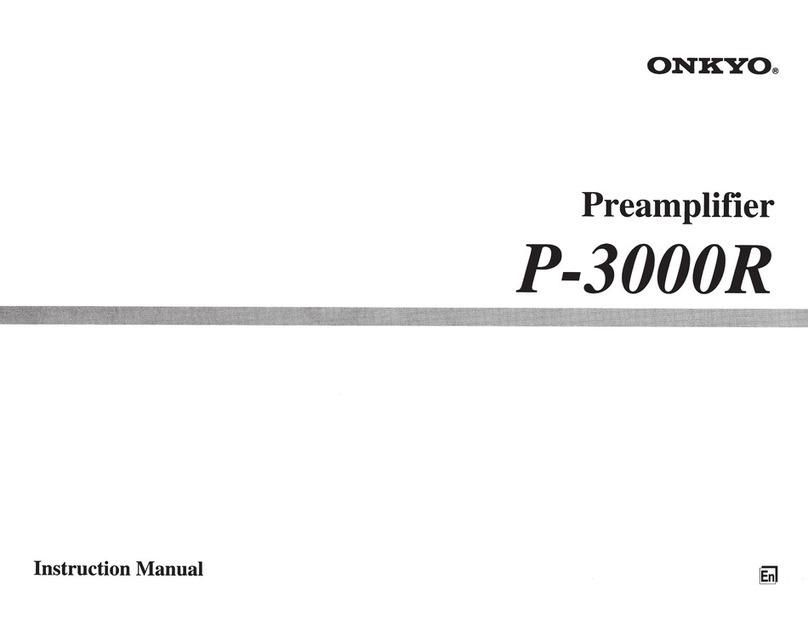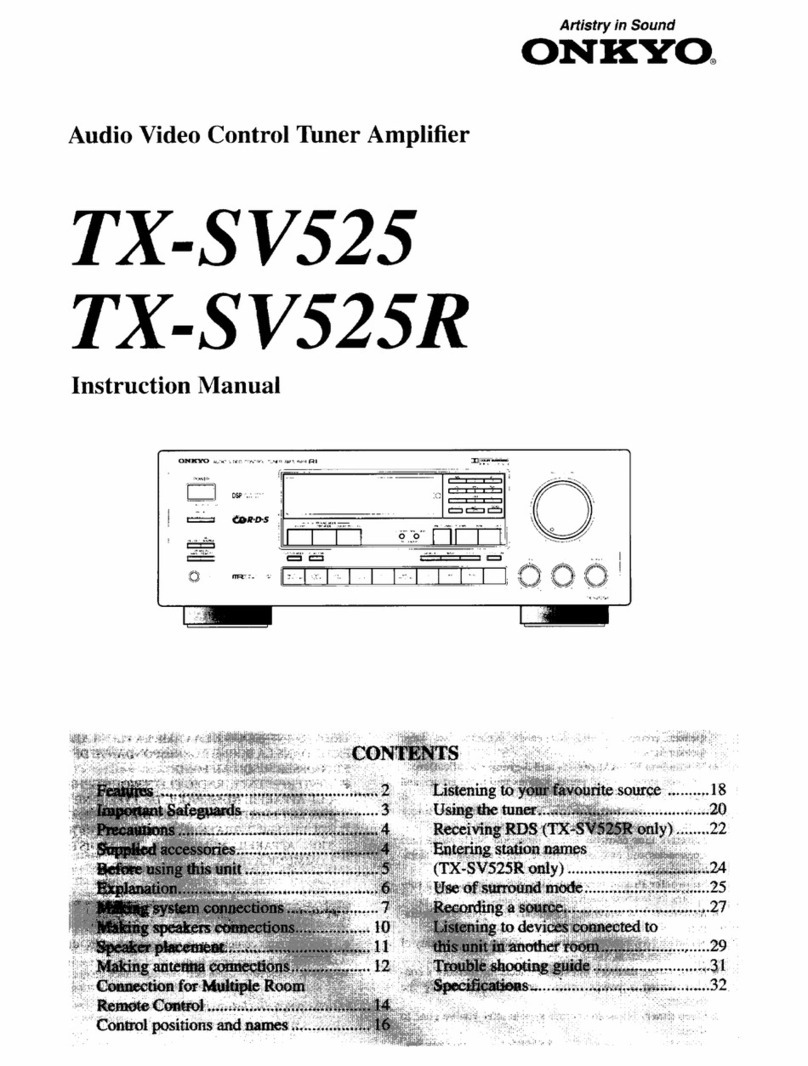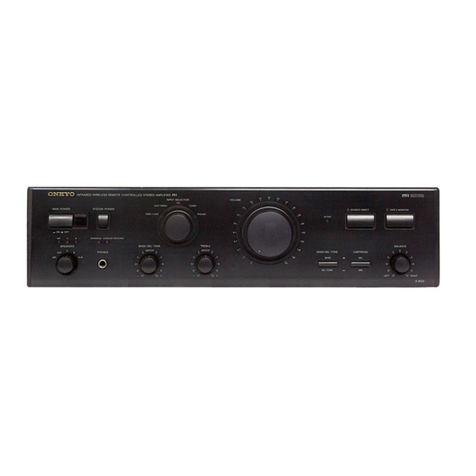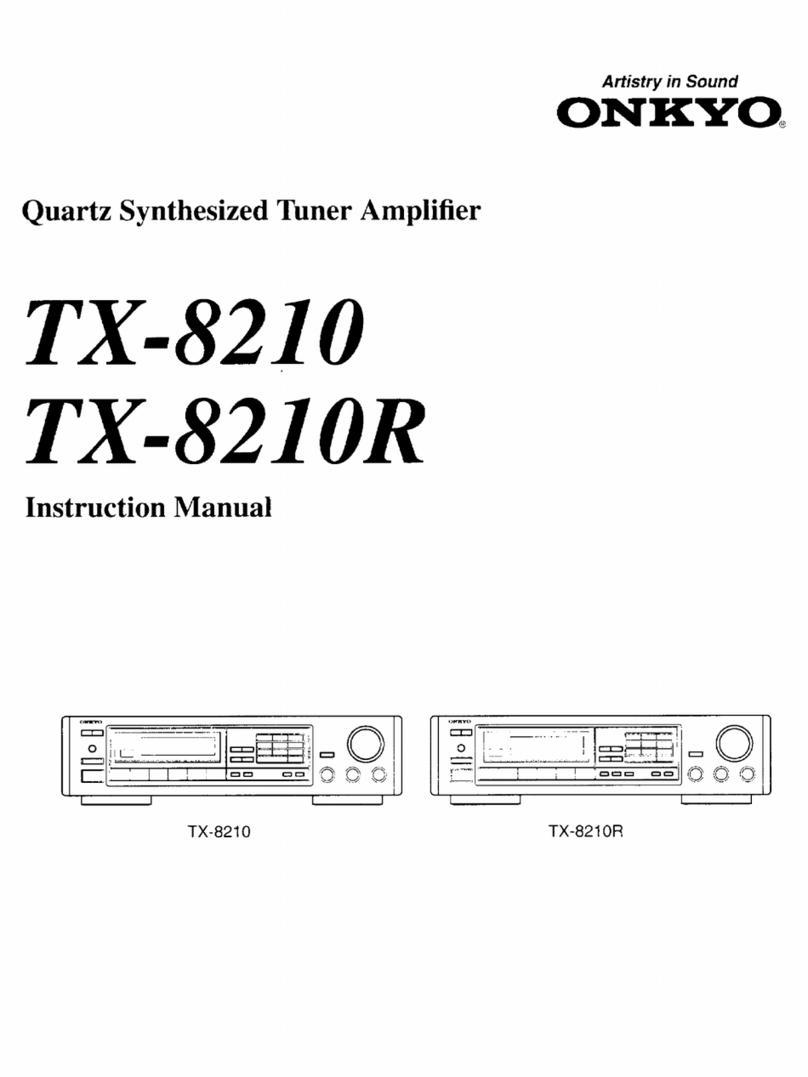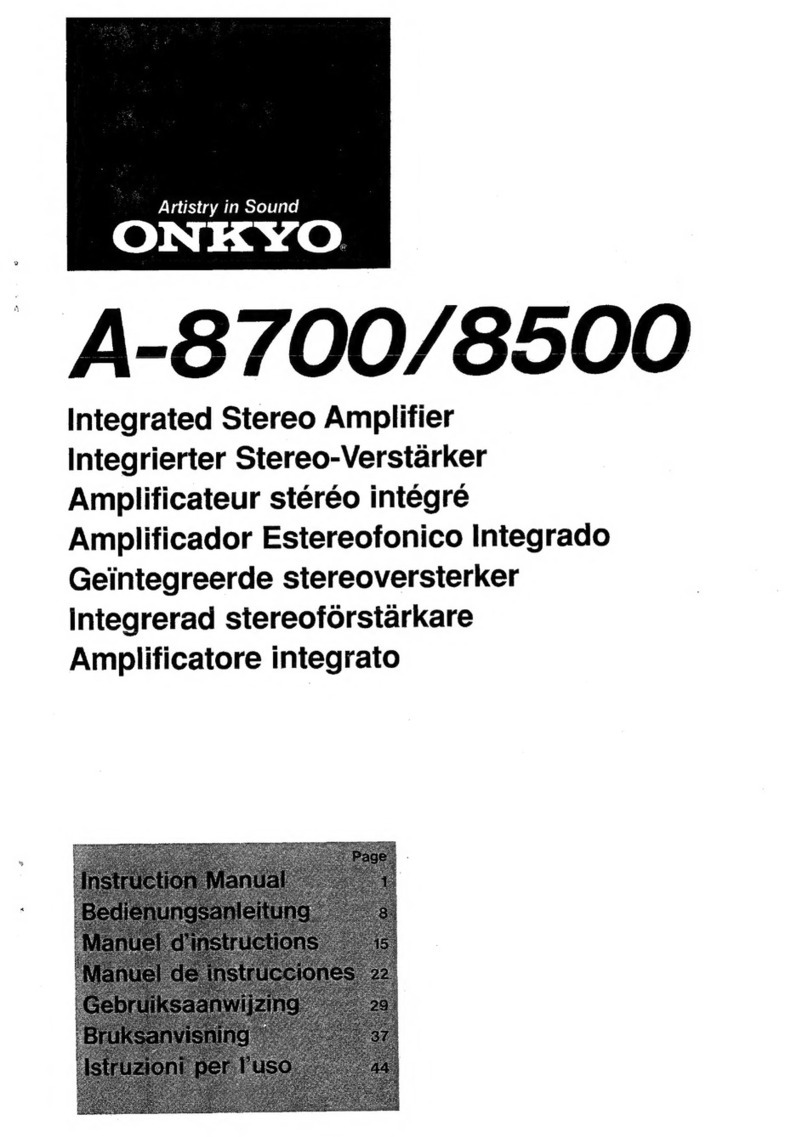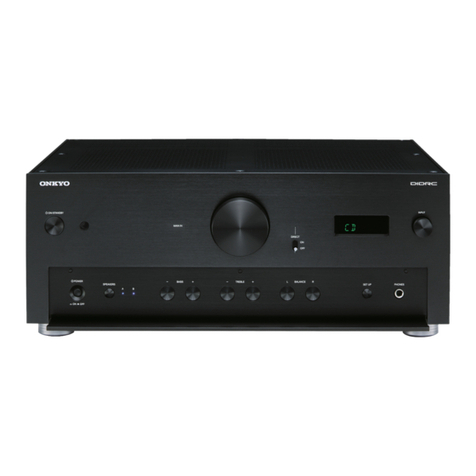
sd
C
ongratulations
on
your
purchase
of
the
ONKYO
TX-930,
TX-910
Tuner-Amplifier.
@
Please
read
this
manual
thoroughly
before
making
connections
and
turning
power
on.
®
Following
the
instructions
in
this
manual
will
enable
you
to
obtain
optimum
performance
and
listening
enjoyment
from
your
new
TX-930,
TX-910.
@
Please
retain
this
manual
for
future
reference.
CONTENTS
Important
SafeQualds
..........cccccscensseseseeesseeenesseeenenseceneneenecassanenaeeaeuannamenecseserssenmersnecensaeseaunanesausnnanansncaseueseseansnessensseeesanaareeeens
2
PrECAUTIONS
.......cccncecccescsccnceseccccececcecceuonsncesssateteauesescenerensenareeeneneeeseneneessesenseseenenssesoeeseneneanurssauauusecauseesesenaeeaunaaeeeaanerseneenensganenees
3
FOAtUIPS
......cccncecesecccceecececnsncesanennesucsusensseeceesauauenenuonaaseeeescuscaneansesseaesseeessennansessGnpseeseupenstnesasseserauansersseecereneeearmaanenenseaennnnsnaneae
ree
3
Before
USING
thiS
UNit..........
ce
ceessceeceeeeeeeeeseseccaeeseeessnsneeaesesnpaassnacoeesessssscacneeeeneassnpeoeeneeneensnacnsuseenenensoneeseseusancccnanausenseusnensoneeas
4
SYSTEM
CONNECTIONS
.............ecescseseseenceenesserecenconenesnerensneaeeesnnanensneneussaaaennnsanensrsnsensteccerserassesaaaeassuseassauasesaneaseusoneneusneseasnoeeeroess
5
Control
POSItiIONS
ANG
NAMES
........::seeeeccesesesenseeesssncnsscsuesnesueeeesssseesasseeetanseeeannananensaceneneanenepnenensnneeenmnoaseuseeeesaseesesasseetsonanenens
8
Operations.
.............ccccceeeeceseceeeseseneesennennsanesnenssaeeuensensenesoeenaneenacensaeseanenseeensaserseensoeseneentsnsesonessassonssaarecaaesnnauaaneesaeersanseneseneenenenss
10
Troubleshooting
Quide
.............c.csceseseeeeeeessseeceensssceneenscnnersatasesensessessseseeeaseacesesnesnoasesecessenoeaesaueseeeusseuenemasanneeeuasscanenensseneeen
13
SPECIFICATIONS
..........ceseeeeseeecseaeeeennesnseeeneatetendensenensnneeenenesensanenaanesseneenssneesareceseneneniceenserensesaesannasanaeseusaeensnutussqanassaesusaunseasesees
14
CAUTION:
“WARNING”
“TO
REDUCE
THE
RISK
OF
ELECTRIC
SHOCK,
DO
NOT
REMOVE
COVER
(OR
BACK}.
NO
USER-SERVICEABLE
PARTS
INSIDE.
REFER
SERVICING
TO
QUALIFIED
SERVICE
PERSONNEL.”
Oy
poeta
RISK
OF
ELECTRIC
SHOCK
DO
NOT
OPEN
@
The
lightning
flash
with
arrowhead
symbol,
within
an
equilateral
triangle.
is
intended
to
alert
the
user
to
the
presence
of
uninsulated
“dangerous
voltage”
within
the
product's
enclosure
that
may
be
of
sufficient
magnitude
to
constitute
a
risk
of
electric
shock
to
persons.
The
exclamation
point
within
an
equilateral
triangle
is
intended
to
alert
the
user
to
the
presence
of
important
operating
and
maintenance
(servicing)
instructions
in
the
literature
accompanying
the
appliance.
MN
“TO
REDUCE
THE
RISK
OF
FIRE
OR
ELECTRIC
SHOCK,
DO
NOT
EXPOSE
THIS
APPLIANCE
TO
RAIN
OR
MOISTURE.”
@
For
models
having
power
cord
with
a
polarized
plug.
CAUTION:
To
PREVENT
ELECTRIC
SHOCK,
MATCH
WIDE
BLADE
OF
PLUG
TO
WIDE
SLOT,
FULLY
INSERT.
®
Sur
les
modeles
dont
la
fiche
est
polarisée.
ATTENTION:
Pour
EVITER
LES
CHOCS
ELECTRIQUES,
INTRODUIRE
LA
LAME
LA
PLUS
LARGE
DE
LA
FICHE
DANS
LA
BORNE
CORRESPONDANTE
DE
LA
PRISE
ET
POUSSER
JUSQU
AU
FOND.
ATTENTION
FOR
BRITISH
MODEL
@
Replacement
and
mounting
of
an
AC
plug
on
the
power
supply
cord
of
this
unit
should
be
performed
only
by
qualified
service
personnel.
IMPORTANT:
The
wires
in
the
mains
lead
are
coloured
in
accor-
dance
with
the
following
code:
Blue:
Neutral
Brown:
Live
As
the
colours
of
the
wires
in
the
mains
lead
of
this
apparatus
may
not
correspond
with
the
coloured
markings
identifying
the
terminals
in
your
plug,
proceed
as
follows:
The
wire
which
is
coloured
blue
must
be
connected
to
the
terminal
which
is
marked
with
the
letter
N
or
coloured
black.
The
wire
which
is
coloured
brown
must
be
connected
to
the
terminal
which
is
marked
with
the
letter
L
or
coloured
red.
@
This
apparatus
complies
with
requirements
of
EC
directive
87/308/
EEC.
